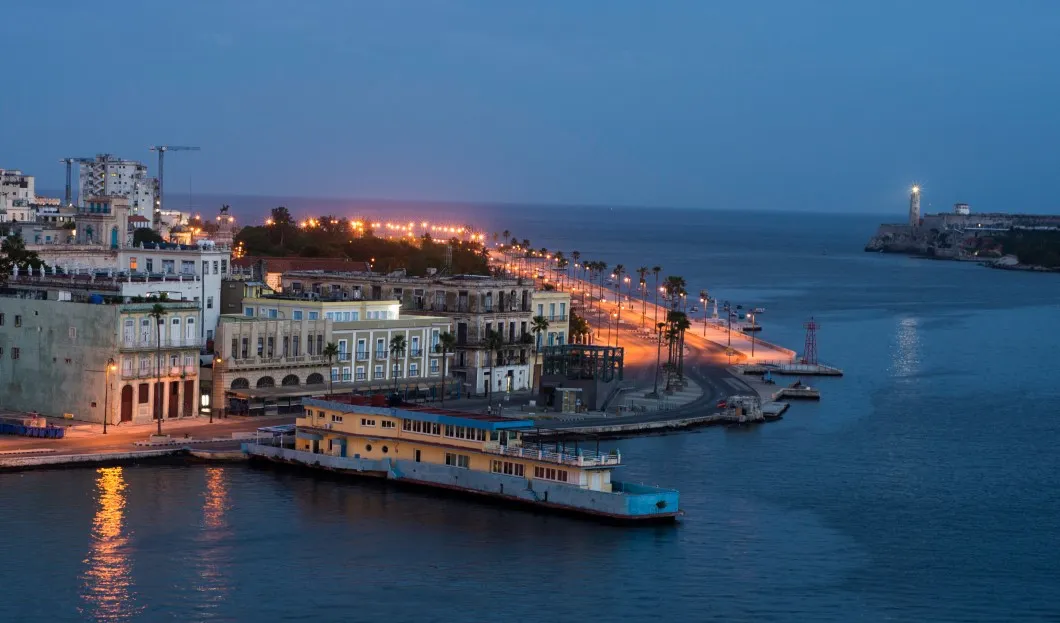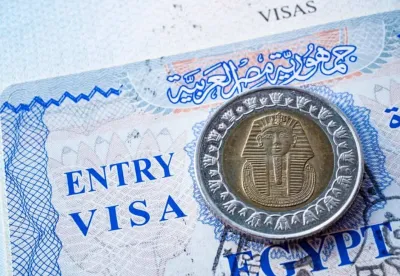
US tourism in Cuba recovered in June after a sharp decline in tourism revenues that lasted several months, motivated by the increase in cruise ship travels. Cruise travel is a segment that has emerged as the most prominent one for the economy partly affected by the poor commercial relations under the Administration of Donald Trump.
Three different sources with access to data from the Cuban tourism industry have reported that 68,000 Americans, without including those of Cuban origin traveling for family visits, arrived in the island in June, a 5% increase compared to the same month of the previous year.
Even after considering this small but significant recovery, the number of American visitors going to Cuba during the first half of the year, excluding Cuban-Americans, dropped by 24% and down to 266,000 visitors, according to these sources.
Between the months of January and June, about 50% of American visitors arrived on cruise ships, compared to the 25% during the same period of 2017, operated by the cruise lines Norwegian Cruise Line Holdings, Carnival Corporation, and Royal Caribbean Cruises, which added more ports of call to their sailing itineraries on the Island.
The drop in US travel during the first half of the year partly reflected a steeper decline in the Cuban tourism industry as it struggles to recover from last year's devastating hurricane season in the Caribbean, the sources added.
Additionally, there has been a noticeable impact since the start of Trump administration, which has reversed part of the regulations and policies lifted by Democratic former president Barack Obama on the island, and has tightened travel restrictions for Americans going to Cuba.
In general, the decline in tourism arrivals to Cuba was more than 5% during the January-June period, dropping to approximately 2.5 million. That figure includes the number of visitors that arrived on cruise ships in the first six months, which was 379,000, accounting for a 45% increase.
In regard to the effect on the local economy, Americans who arrive on cruise ships tend to have fewer expenses, while those who spend their holidays on the island invest a lot more in hotels, which include breakfast and dining in restaurants.
The decline in tourism revenues is a hard blow to the Cuban government, which struggles with lower export revenues and the partial loss of support from its allied country, Venezuela, which is currently experiencing its own economic crisis.

The drop in tourist activity mixed with problems related to poor weather conditions, as well as power cuts and a decrease of imported supplies, can have negative consequences for the country’s economic growth, which for the island is 2% lower than expected for this fiscal year, according to Cuban economists.
The US trade embargo restricts Americans to non-tourist activities such as cultural, religious and educational travels or family visits.
The Trump administration has set even more regulations and restrictions for tourists who travel to Cuba and issued a travel warning against Cuba, advising its citizens to avoid visiting the island.
In the last months, a series of unexplained health incidents have affected 26 US diplomats, according to the Department of State, and has forced Washington to pull its staff, leaving behind only its emergency staff in their embassy located in Havana. The situation and its implications mean that Cubans must travel as third country nationals in order to apply for an entry visa to the United States.










